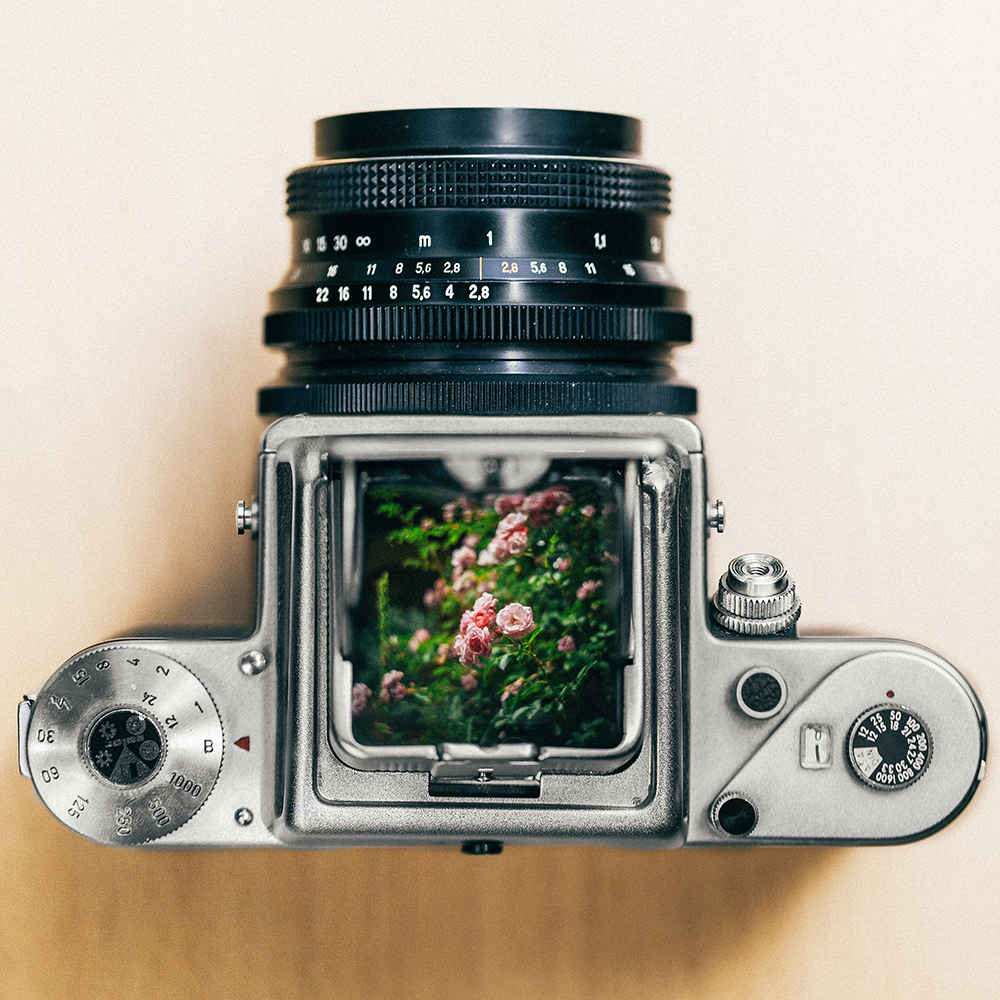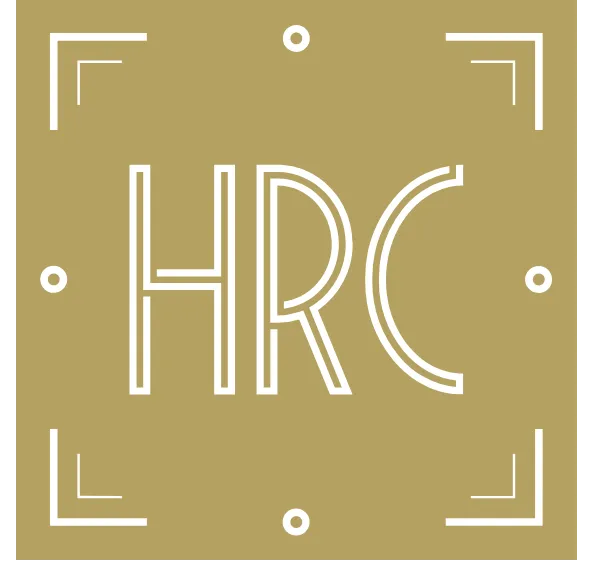
The power of good photography
We’ve all heard the saying ‘a picture paints a thousand words’. It’s one thing to create good content, but another to really sell a story. Newspapers use attention-grabbing headlines formed from rhyming couplets, alliteration, a play on words and lots of other stylistic ways to draw readers in. But one of the biggest and best ways they entice readers to pick up a paper and leaf through its topical contents is through photography. The same goes for websites, editorials and any other medium that is designed to tell the reader a story, whether to sell an idea, a business or a brand.
When working with the media, it’s essential to send a complete package and that means:
- Relevant content with a good headline
- Great high res picture
Think of it as a recipe, you couldn’t make the finished product if you skip a vital ingredient. And if you get the recipe just right, your story is much more likely to be used by the media both in print and online.
Planned features
The B2B media generally plan their advertising campaigns around a 12 month plan of relevant features. They will also have a stock of photography to head up these features unless they are sent new material.
Knowing how the media works can be a really useful tool for PR’s. If you’re supplying information for a planned feature, make sure you supply both the components above, as well as adding a more generic shot that can he used to head up the feature.
Selecting a good photographer
If a bad workman blames his tools then surely a good one can thank his talent? Using a good photographer is critical to the quality of the photography. Be prepared to do your research and make sure there’s a budget. Selecting an expert photographer and being prepared to pay will reap the rewards. An amateur with an iPhone is not acceptable and this could be the difference between your story adorning pages or screens across the country and it being added to the virtual or real life recycling bin.
And always remember there is nothing you can do with a low res file. The quality will not be good and might not be to the standard of other pictures in the magazine making your product look second rate.
Employ a good photographer with credentials. One tip for finding a good photographer is to contact the local paper as their own photographers are usually freelance. Recommendations can also be useful. Keep a list of photographers and their speciality – remember not all photographers are great at all types of photography, some are good at people shots, some food and some places and so on.
The brief
All photography should be carefully planned and follow a brief however small the project.
The brief should include:
- Where is it to be used i.e. media, printed material, web? What image ratios do you need for these formats?
- Who is the audience?
- Does the subject need any props? Does a bottle need to be filled with liquid for example?
- Some example images or a mood board of the style that you are aiming for.
- What kind of resolution is required? Printed media requires at least 300 dpi; digital between 72 – 150 dpi.
Consider a number of variations on the theme. For instance if you require a head and shoulders shot of someone, why not try some with the jacket on and some with the jacket off. There’s a reason you’ll see shots of leaders like Cameron and Obama with rolled up sleeves, it says ‘we mean business and are not afraid of hard work.’ Work out what you want your photography to say and then make sure it says it. When shooting a product, try shooting it at different angles, with a few relevant props and different backgrounds, you never know the image you have in mind before the shoot might not be the best image on the day. And this way you’ll have plenty to choose from and give yourself and your work the best chance of being read, received and hopefully, acted upon!



